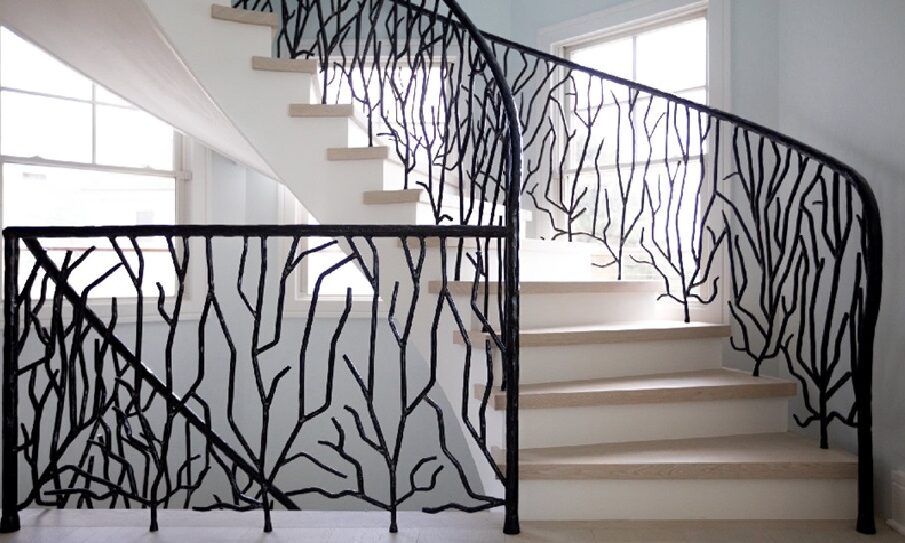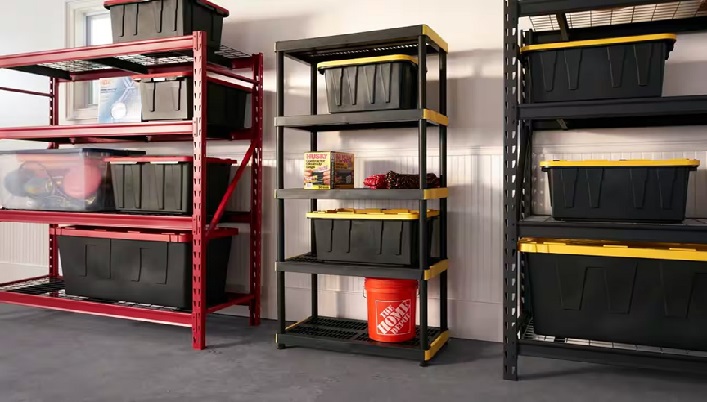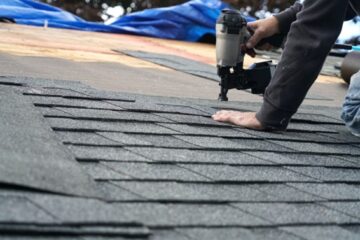Essential Sheet Metal Fabrication Techniques for Home DIY Projects

Sheet metal fabrication can seem complex, but with the right tools and techniques, homeowners can tackle a range of DIY projects from home decor to functional repairs. Whether it’s creating custom shelving, decorative wall pieces, or simple repair work, learning the basics of sheet metal fabrication can open up a world of possibilities.
Here’s a guide to the essential tools and techniques to get started on sheet metal projects safely and effectively.
1. Choosing Your Sheet Metal: Materials and Thickness
Before diving into any project, it’s important to pick the right type of sheet metal. For DIY projects, metals like aluminum, brass, and copper are popular for their workability and aesthetic appeal. Here’s a quick guide:
- Aluminum: Lightweight and resistant to rust, aluminum is easy to work with and a great choice for beginners.
- Brass: Known for its golden color, brass is excellent for decorative items but is softer and may not hold up under heavy loads.
- Copper: Often used for its classic reddish-brown look, copper is highly workable and ideal for artistic and decorative applications.
Metal thickness is measured in gauges—the lower the gauge number, the thicker the metal. For most home projects, a gauge between 18-26 is suitable for easier handling and manipulation.
2. Essential Tools for Sheet Metal Fabrication
Having the right tools can make all the difference when working with sheet metal. Here are some basic tools that are both affordable and effective for home use:
- Metal Shears: For cutting sheet metal, metal shears are a must. Tin snips or compound-action snips come in various types (left, right, and straight-cut) to help make precise cuts.
- Metal File: After cutting, sheet metal edges are often sharp and jagged. A metal file helps smooth edges, making them safer and cleaner.
- Clamps: Keeping sheet metal in place while you work is crucial for accuracy. C-clamps or locking pliers are affordable options that provide a steady hold.
- Bench Vise: For shaping and bending metal by hand, a bench vise is highly useful. It can also secure pieces while drilling or grinding.
- Drill and Metal Drill Bits: If you’re adding holes to your project, use a power drill equipped with metal drill bits to create clean and precise openings.
- Hammer and Mallet: For shaping and bending metal, a rubber or plastic mallet works well for gentle manipulation, while a ball-peen hammer is ideal for adding textures or bends.
- Metal Ruler or T-Square: For marking and measuring, use a metal ruler or T-square to get precise, clean lines.
3. Essential Sheet Metal Fabrication Techniques
With the tools in hand, here are some foundational techniques every DIYer should know:
a. Cutting Sheet Metal
Sheet metal cutting is one of the most basic process, and it can be done with simple tools:
- Using Snips: Start with compound-action snips for the easiest
- and most accurate cuts. Hold the snips perpendicular to the metal, and make slow, deliberate cuts to avoid jagged edges.
- Using a Jigsaw: For larger pieces or thicker metal, a jigsaw with a metal-cutting blade offers more control and precision.
- Safety Tip: Always wear gloves and goggles when cutting metal to protect yourself from sharp edges and flying shards.
b. Bending and Shaping Metal
Metal bending adds depth and structure to DIY projects. You can create simple bends using a few tools:
- Using a Bench Vise: Clamp the metal in the vise, mark the bend line, and carefully pull or tap the metal into shape.
- Hand Bending Over an Edge: If you don’t have a vise, place the metal over a sturdy edge and slowly bend it by hand or with a mallet. This works well for softer metals like aluminum.
c. Drilling and Punching Holes
Adding holes is essential for many projects, especially if you’re assembling parts with screws or rivets:
- Drilling Holes: Using a drill with metal drill bits, start with a smaller bit and work up to the size you need. Drilling at a slow speed prevents overheating and extends the life of your bits.
- Hole Punching: For thin metals, a hand punch can create clean holes quickly and with minimal effort.
d. Filing and Sanding Edges
After cutting or shaping, the edges of sheet metal can be sharp. Use a metal file or sandpaper to round off edges, reducing the risk of cuts and giving your project a finished look.
4. Creative Ideas for Home DIY Projects

Once you’re familiar with the basics, here are a few project ideas to put your skills to the test:
- Wall Art or Signs: Use sheet metal to create decorative pieces or custom signs. Cut and shape the metal, then add paint or etch designs for a personal touch.
- Planters or Decorative Boxes: Cut and bend sheet metal to create custom planters or storage boxes that add an industrial style to any room.
- Kitchen Backsplash or Wall Panels: Sheet metal, especially stainless steel, can be an excellent DIY backsplash material. Attach the metal to the wall with adhesive or screws and finish it with a protective coat for durability.
- Shelving Brackets or Supports: Use sheet metal to make sturdy, custom-sized brackets for shelves, perfect for adding a rustic or industrial flair.
5. Safety Tips for Working with Sheet Metal
Working with sheet metal at home is safe as long as you follow a few guidelines:
- Wear Protective Gear: Gloves, safety goggles, and ear protection are essential. Sheet metal edges can be razor-sharp, and cutting or drilling can send small fragments flying.
- Keep a Clean Workspace: Working with sheet metal produces small pieces and sharp edges that can easily be stepped on or brushed against.
- Check Tool Sharpness: Dull tools can cause slippage, increasing the risk of injury. Regularly inspect and maintain cutting and drilling tools.
The Role of Underlayment in Shingle Roofing Systems
April 1, 2025
Comments are closed.
More News
-
Essential Components to Complete Roof Care at Your Behest
April 11, 2024 -
Ensuring Year-Round Comfort with HVAC Companies in Appleton
December 31, 2024 -
Innovative Alternatives to Asbestos in Modern Construction
November 16, 2024







